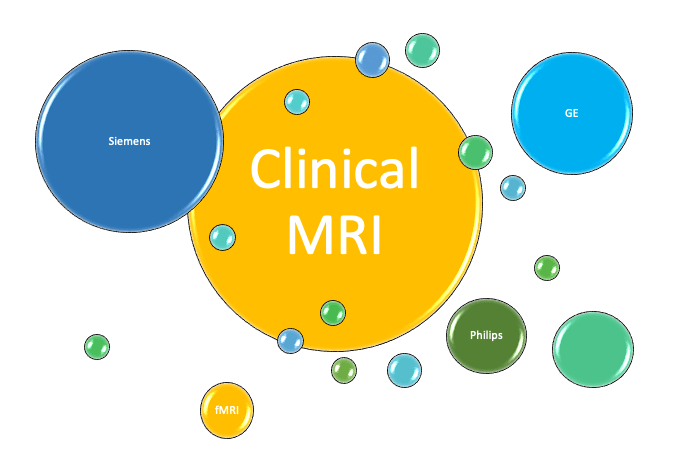The tipping point: From animal intelligence to human intelligence
There are many obvious things that we humans do to a much larger degree than other animals. We construct great civilizations, we create advanced technology, we use complex language, we make art and tell stories. How do our unique capabilities guide us in figuring out how our brains are different from those of other animals, if they are?
To me, the most revealing feature of human intelligence is that it is primarily societal, rather than individual. Most of what each of us knows or understands is taught to us, rather than things we figured out. We have found a way to accumulate intelligence across individuals and across generations, and because of this, collective human intelligence has exploded over the past few thousand years. This accumulation is the basis of nearly all of our advances. Each human who pushes the envelope of human knowledge is first a prodigious student of the state of the art at the time.
So, what does the brain need to do to support this kind of capability, and what brain architecture might be employed to implement it? My guesses at the answers to these questions are described in an article posted on Arxiv entitled A Reservoir Model of Explicit Human Intelligence , and here is a brief summary.
Our first innovation was imagination. By this I mean the ability to perform mental processing on things that are hypothetical rather than the immediate physical present. Without imagination, the brain is restricted to being an input-output mapping machine. The development of imagination seems to me to be the hardest evolutionary step. To support off-line processing, we had to develop mechanisms to switch between a real-world mode, vigilant of our surroundings and reacting appropriately to them, and an off-line mode, where we are free to consider hypothetical scenarios, predict potential outcomes, to ponder. This required neural mechanisms in the brain, likely involving the default mode network, but also community and societal mechanisms to provide safety to those who are ‘daydreaming’. Some point to the stone tool industry as early evidence of imagination, starting around 1M years ago, but imagination was clearly solidified by the time we were making sophisticated art on cave walls about 80K years ago.
Enabled by imagination, the second innovation was language. Even with access to an off-line world model, without labels for things that are not present at the moment, we are limited in our communication to direct demonstration of objects and actions that we wish to convey, like a traveler with no knowledge of the local language. But with labels for both objects and actions, we can describe, record, and accumulate. Words also allow us to categorize, define, and produce higher levels of abstraction, as we do with mathematical theorems.
With imagination and language, I think that humans just expanded existing associative networks and mechanisms to develop what is now called explicit, reportable, or explainable intelligence, the stuff we accumulate and pass on. Lower animals can easily be taught to make associations between previously unrelated stimuli by simply juxtaposing them, like in the classic experiments performed by Pavlov on dogs. Using that same kind of network, we build a web of associations, organized by the curricular plan that our teachers, parents, and mentors define, and construct in our students a distillation of human knowledge. Excitation of elements of the network can initiate excitation that produces output actions, or run along recurrent paths representing internal thought. It’s a big web, anchored by the 20,000 or so words we learn, with hundreds of thousands more abstractions added in including all of our long term memories. Words serve as a random access addressing system to directly excite sequences of abstractions in our brains, and also influence others by exciting sequences in their brains as well.
The previous billion years of evolution has done a slow but steady job of accumulating ever increasing intelligence in our genomes. But a tipping point occurred only a few thousand years ago, when intelligence began to be accumulated by the society itself, rather than by mutations in the genome. Accumulable intelligence requires that the knowledge be describable in a compact form for communication, so the intelligence must be stored in a form that is transparent, and a simple (though large) associative network may suffice. “Lower level” processes like visual processing are actually more complex, but do not need to be reportable in detail, and so have the luxury of utilizing deep networks with layers of hidden representations when they are discoverable by evolution.
I think that the two enabling developments for accumulable intelligence, capacities for imagination and language, were evolutionary innovations, probably driven by intelligence as a competitive advantage in changing natural environments. However, once this accumulation began, acceleration of collective intelligence became inevitable, despite the fact that the original evolutionary pressure largely evaporated when we mastered our environment.



